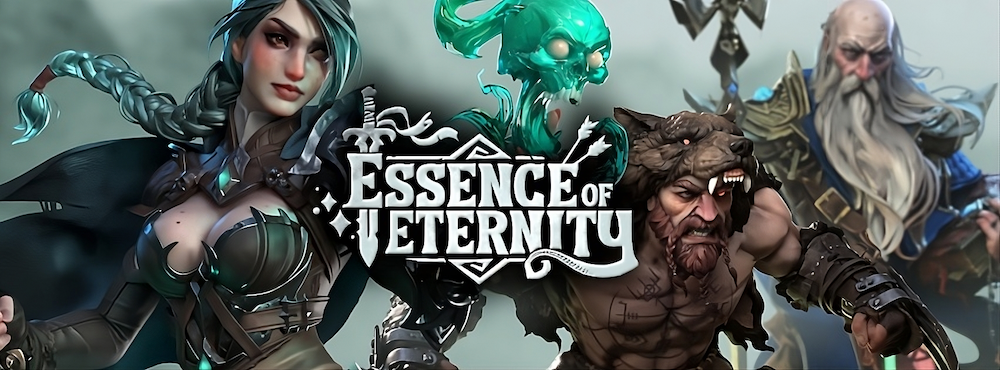
What if Athena had to go toe to toe with Ares? What if Zeus and Odin were to clash?
Gods and Heroes is a tactical combat game that uses an underlying system similar to that of Epic Duels. This was just an idea and now that Unmatched is being published, it’s a long shot we’ll ever pursue it, but it’s different enough that perhaps there will be room for both.
Players battle each other as mythological Gods and Heroes such as Zeus, Apollo, Hercules, Odin and Thor.
Some similarities to Mythic Battles Pantheon, but this would be a much lighter weight, much faster game, and would involve multiple mythologies, not just Greek.
- Each character set is typically a major character such as Zeus or Athena with, with either one personality minor or 2 more generic minors, who may be strong or weak. Each character has a set number of hit points, typically 15-18 for most major Gods and Goddesses, 10-12 points for personality minors, and 3-5 for generic minors.




- Some decks may have a single character, or 3 equally powerful characters, or 2 majors with 2 generic minors, or 1 weak major with 3 or even 4 minors.
- Battle Card, Every character has:
- His/her own hit point track. There’s a “danger zone” in your track where you start to lose movement. Your cards may also discuss the danger zone.
- A range number, 0-11.
- A speed number, 1-6 for majors, typically 2-4 for minors.
- A command number, 0-3.
- 2-3 key words.
- Some characters might have tokens affiliated with them or extra figures (like they don’t start on the board but you can put them down later, like with the Goblin King from the Hobbit).
- Each character set has its own deck of 40 cards that never changes.
- 15 talent cards
- 13 major basic cards
- 12 minor basic cards
- Basic cards will typically have a melee attack value and a ranged attack value, along with a defense value.
- Talent cards come in 2 varieties: Power Combat cards and Special cards. Power combat cards have attack and/or defense values. Special cards just have text on them.
![]()
![]()
Maps
-
- Games are played on 12 x 10 grids.
- Figures can’t move diagonally, but diagonal adjacency counts.
- Spaces on maps may do different things, like slow you down, or do damage, or make you lose an action.
- If you’re adjacent to an opponent, you must use your melee attack ability.
- Once you move adjacent to an enemy, you’re in melee combat with that enemy. You may not move away from that enemy without them getting a free attack at you.
Game Play
Characters are selected, and started at opposite sides of the map.
Each player draws 4 cards.
On each turn:
- Player rolls the command dice, a custom 6-sided dice:
- 1 or 2: Just move your major
- 3 or 4: Move any one of your characters
- 5 or 6: Move all of your characters
- Take 2 actions. For your actions you may:
- Draw a card.
- Play a special card.
- Play an attack by playing your attack card face down against an opposing character you can attack. You may not attack your own character for any reason unless a card states otherwise.
- Surge: Move any character its movement number.
- Heal: Discard a card to recover 1 hit point.
- Dump: Discard 2 cards and draw 2 new cards.
- Once you take your second action, your turn is over.
- Added rules:
- Whoever goes first only gets one action on the first turn.
- Each player has a “field” in front of him. Cards played in the field stay in play until they are negated by a player discarding 3 cards, unless the card states otherwise.
- Basic card flavors:
- Majors
- Master ranged/melee balanced (Green but better)
- Veteran ranged/melee aggressive (Red but better)
- Veteran ranged/melee balanced (kind of the standard deck in this set, Blue)
- Veteran ranged/melee basic defensive (Green)
- Veteran ranged only balanced (Orange)
- Melee ranged only balanced (Blue but better)
- Apprentice ranged/melee balanced (Brown)
- Minors
- Strong ranged/melee aggressive
- Strong ranged/melee balanced
- Strong ranged/melee defensive
- Strong melee only balanced
- Strong ranged only balanced
- Apprentice ranged/melee balanced
- Medium ranged/melee balanced
- Medium melee only balanced
- Medium ranged only balanced
- Weak ranged/melee balanced
- Weak ranged only balanced
- Weak melee only balanced
- Character set flavors:
- Major with strong/medium/weak minor
- Major with 2 strong/medium/weak minors
- Major with 3 strong/medium/weak minors
- Major with 4 strong/medium/weak minors
- 2 co-majors with 2 strong/medium/weak minors
- 3 major characters
- Majors
Characters:
Zeus
Poseidon
Athena
Apollo
Hephaestus
Ares
Hades & Persphone
Poseidon
Hercules
Odin
Thor
Loki
Ra
Osiris
Thoth
Horus
I think we need to use varying mythology as much as possible:
A starter set might be 16 decks:
4 Greek Mythology
4 Norse Mythology
4 Egyptian Mythology
4 Sumerian Mythology
That gets the ball rolling to where you could basically include any character from any mythology including the Bible. You could also release sets for specific Gods.
I would also try to give each mythology its own “flavor” of Epic Duels cards. The Greek might be simple and straightforward, the Norse is similar but with more forced discarding, the Egyptian might be the more complicated decks, the Sumerian uses more “field” cards, etc.

